SFS Suomen Standardit
Toimialayhteisö:
SFS Suomen Standardit
Komitea: ISO/IEC JTC 1/SC 38
(Cloud computing and distributed platforms)
Alkuperä: ISO
Määräpäivä: 2026-02-02
